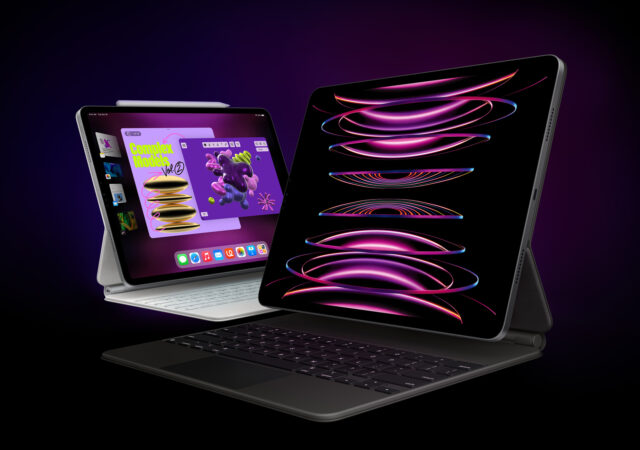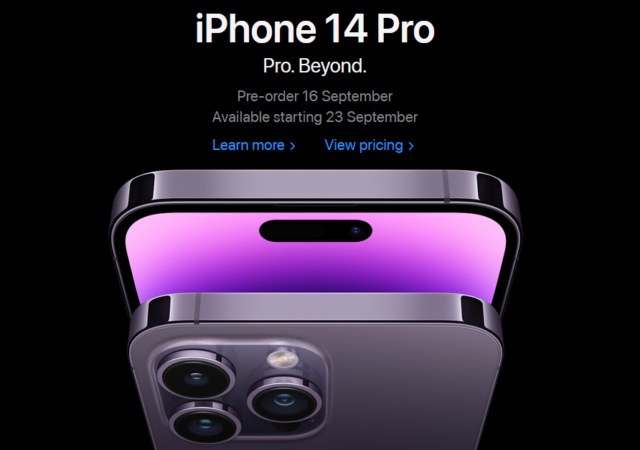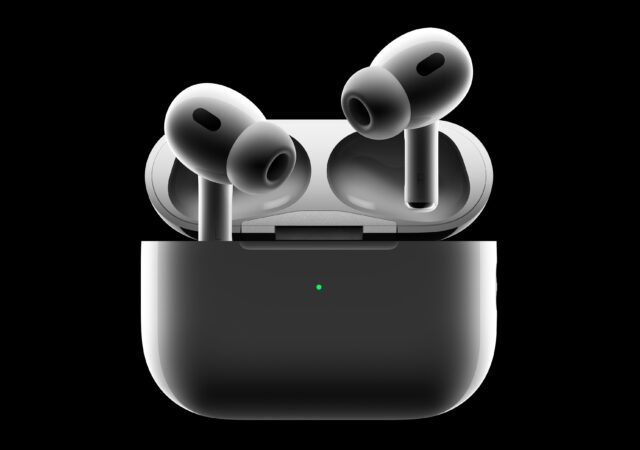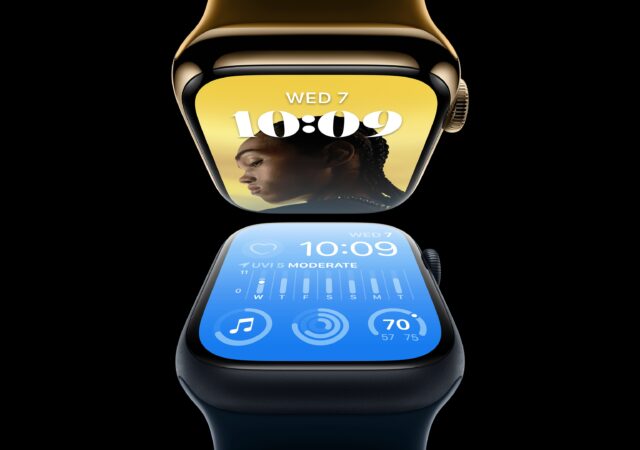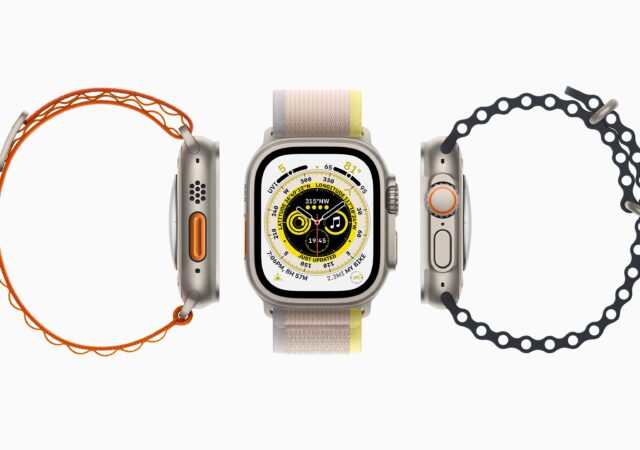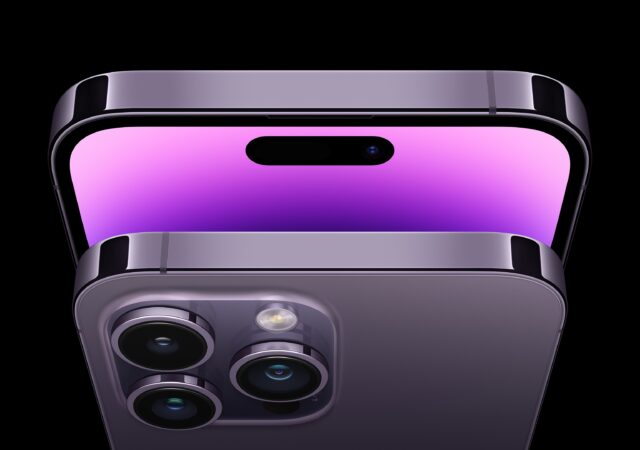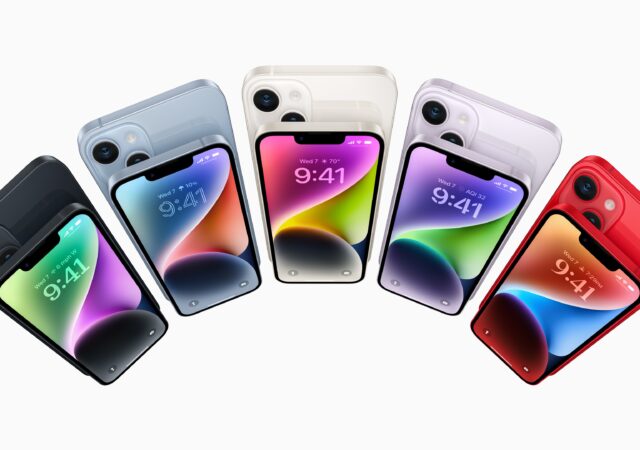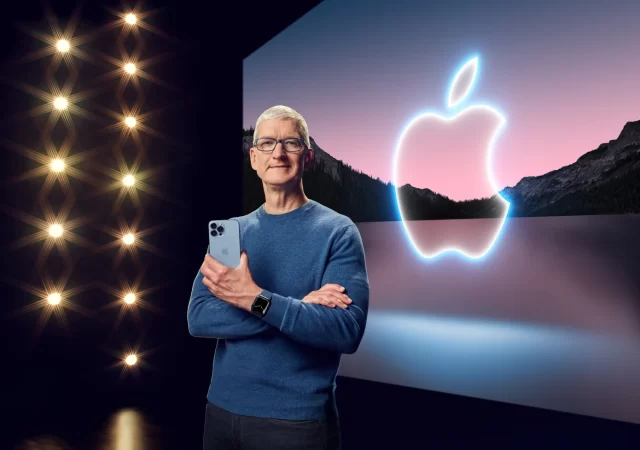Apple has launched the new Apple iPad Pro with their very own M2 chip with rather little fanfare. Prices starts from MYR 3,899.
Where Should You Get Your Apple iPhone 14 and iPhone 14 Pro From?
Apple’s iPhone 14 and iPhone 14 Pro has gone on pre-order. Where should you get your Apple iPhone 14? Who gives you the best iPhone deals?
The New Apple iPhone 14 and iPhone 14 Pro Pre-Orders in Malaysia Starts 16th September 2022!
The Apple iPhone 14 and iPhone 14 Pro will go on pre-order in Malaysia from the 16th September, available 23rd September onward.
Apple Announces 2nd Generation AirPods Pro – Twice the Noise Cancelling
Apple releasees the new second-generation AirPods Pro with H2 processor for better noise cancelling and better audio.
Apple Launches the Watch Series 8 and Watch SE – The Better Best-Seller
Apple launches the latest Apple Watch series 8 and Apple Watch SE with Crash Detection function and watchOS 9
The Apple Watch Ultra – The Ultimate Smartwatch by Apple
Apple launches their ultimate smartwach, the brand-new Apple Watch Ultra with Titanium casing and built to military standards.
The Most Powerful Apple iPhone is Everything You Want in an iPhone – the Apple iPhone 14 Pro and Pro Max Has Launched
Apple releases the most powerful iPhone ever, the iPhone 14 Pro and iPhone 14 Pro Max with 48MP camera and A16 Bionic 4nm SoC.
The Apple iPhone 14 is Here, and it is Simply Mesmerizing
Apple has launched their latest iPhone 14 and iPhone 14 Plus with bigger displays and satellite communication capabilities
More Apple Than Ever: Apple is Preparing to Launch More Products Beyond WWDC 2022!
Apple’s WWDC 2022 saw the Cupertino giant unpack a lot of things. It could be a pre-cursor to even more things from Apple Campus for 2022.
[WWDC 2022] iPadOS 16 Can Now Take Advantage of M1’s Power
Apple introduces their iPadOS 16 in the 2022 WWDC. The new iPadOS is more powerful and versatile than ever with the focus on the M1 chip.



